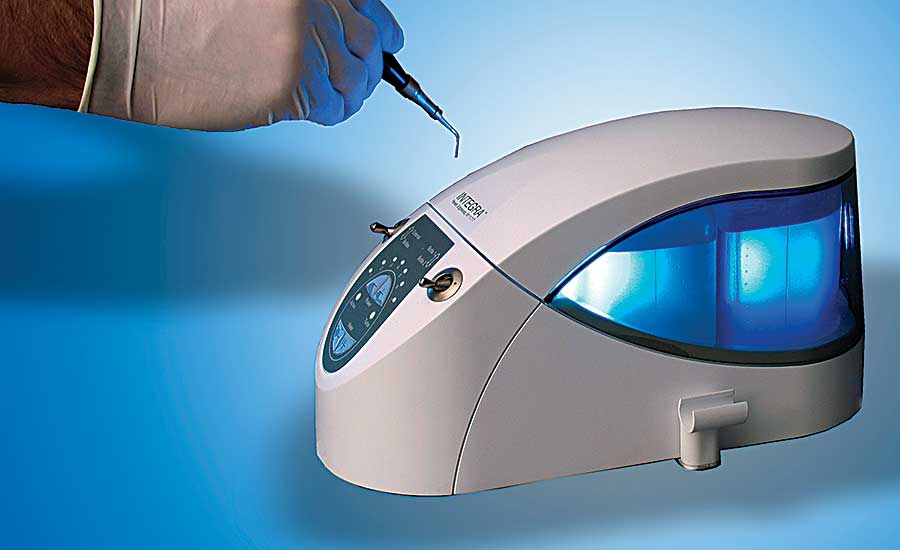Photo courtesy of Integrated Design Systems Inc. and Assembly Magazine
“In all industries, it’s important to achieve alignment between the design of a product and production processes as early as possible. In the medical device sector, whether it’s a dialysis machine, a knee implant, a stethoscope or a syringe, the design transfer process plays a critical role in addressing cost and quality issues.”
So begins a recent Assembly Magazine feature article, “Best Practices for Transitioning from Design to Assembly in Medical Device Manufacturing.”
GCMI’s Sarah Cohen and Mike Fisher provided substantial insights for Assembly Magazine’s Austin Weber.
“Designing for manufacturability is a critical task,” says Sarah Cohen, senior engineering project manager at the Global Center for Medical Innovation (GCMI). “The effort to develop a component manufacturing process and an assembly process is just as critical. Making these two paths overlap as much as possible allows a development team time to improve on manufacturing methods prior to any pilot builds.”
GCMI’s medical product design and development process encourages an early focus on clear problem definition and de-risking a wide variety of potential solutions. It is a comprehensive approach that addresses feasibility, planning, design and development, verification, validation and transfer to production. By late phases, the funnel of medical product design options narrows significantly, converging on a final product that has been thoroughly shown to meet the customer needs and is ready for distribution.
“If a design is going to be reduced to a product, it must be manufacturable,” adds Michael Fisher, director of product development at GCMI. “Everyone jokes about designs that can only be made with ‘unobtainium,’ a fictional perfect material. This is where new manufacturing processes, materials and technologies can be used to make impossible designs a reality.
